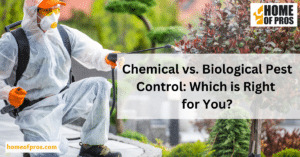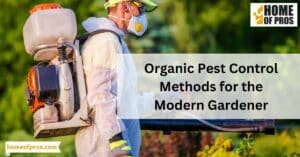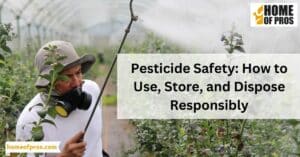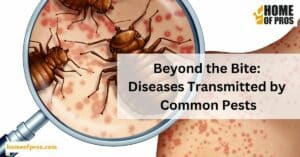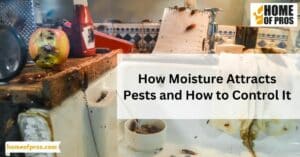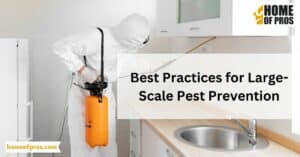During a pest control visit, professionals thoroughly inspect your property to identify and assess pest activity and entry points. Using their findings, they formulate a tailored treatment plan, which may involve traps, baits, or sprays, to effectively address your specific infestation. Post-treatment, they often provide recommendations for preventing future infestations, ensuring your home remains a pest-free sanctuary.
The fleeting glimpse of a shadowy figure darting across your living room is enough to send shivers down anyone’s spine: pests. While the initial urge might be to handle it yourself, the nuances of a thorough and lasting solution lie in professional hands. Dive in as we unravel the intricate processes and expertise behind a pest control visit, prepping you for what’s in store.

1. Initial Consultation and Booking
The first interaction with a pest control company usually starts on a digital platform or via a phone call. This is the point where your clarity and transparency matter immensely. Whether it’s the uneasy feeling of seeing roaches scurrying around your kitchen or suspicions of rodents due to unexplainable gnawed wires, giving a detailed account helps immensely.
By providing this insight, you’re aiding the company in making an informed decision, enabling them to dispatch technicians who are specialized for your unique pest predicament. It’s akin to providing a doctor with symptoms; the more accurate you are, the better the diagnosis.
2. Arrival and Initial Assessment
Upon the technician’s arrival, you’re not just meeting an expert; you’re meeting a partner in your quest to reclaim your space. Expect a warm, courteous introduction that helps establish trust. This is followed by an exhaustive survey that is far more detailed than a cursory glance. The technician aims to gauge the infestation’s severity, unmistakably identify the unwelcome guests, and understand their ingress and egress points. The tools brought into play, like flashlights, ladders, or even advanced infrared cameras, are all in the service of thoroughness and accuracy.
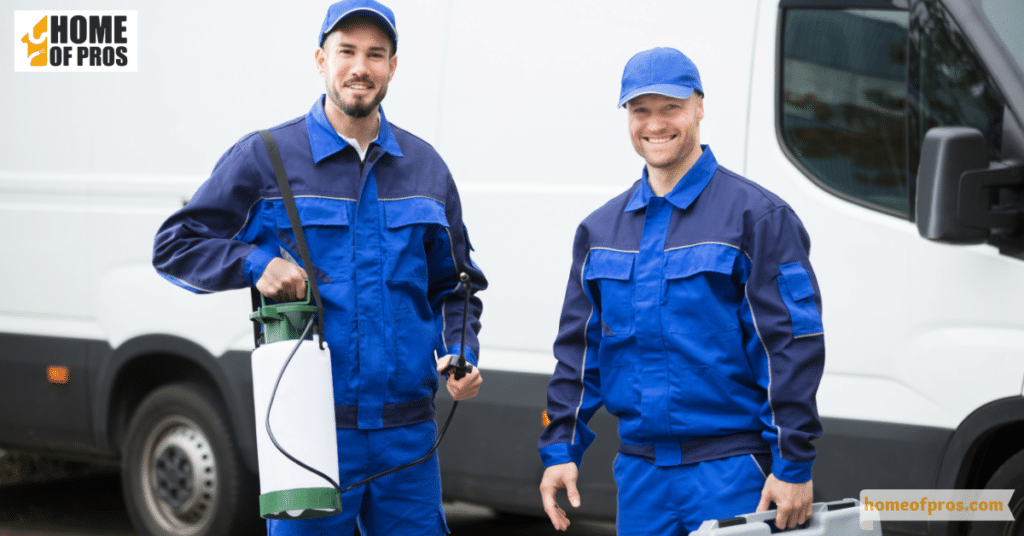
3. Formulating the Treatment Plan
Once the field data is collected, it’s strategy time. The technician or the team will mull over the information to decide the best line of action. Treatment methodologies aren’t one-size-fits-all; they’re diverse. It could be baits designed to be carried back to the pest colonies, sprays that are tailor-made to exterminate specific pests or physical traps. The common thread in all these methods is a keen alignment with the pest’s behavior, its life cycle, and the unique intricacies of your home’s environment.
4. Treatment Execution
The battle against pests is as much about brains as it is about brawn. When it’s time to roll out the chosen intervention, the technician becomes your guide, emphasizing necessary safety protocols, especially crucial if you’re a pet owner or have young children. This could mean temporarily vacating a room, ensuring pets are away from treated areas, or just a simple precaution like not touching sprayed surfaces for a specified duration. As the technician brings the plan to life, adhering to these precautions is non-negotiable for ensuring both the efficacy of the treatment and the safety of your household.
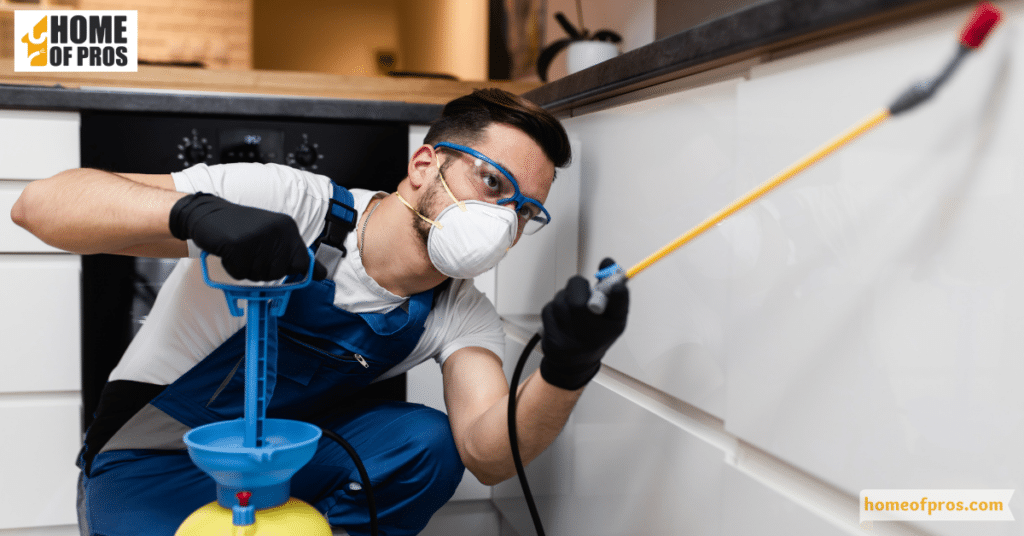
5. Post-Treatment Recommendations
Post the main event, it isn’t just a wave goodbye. The technician ensures you’re well-equipped with knowledge for the road ahead. Think of it as a blueprint for sustained resilience against future invasions. Recommendations could range from tangible actions like sealing any discernible gaps or cracks to habitual changes like maintaining a certain level of cleanliness or even just being more observant for early signs of a potential re-infestation. These post-treatment guidelines are the bedrock ensuring the longevity and effectiveness of the executed treatment.
6. The Importance of Regular Check-Ups
Consider a pest-free home as an evolving canvas rather than a static picture. Maintaining its integrity demands an ongoing commitment. With periodic check-ups, you’re not just ticking a box but investing in preventive maintenance. It’s your frontline defense and a financial safeguard against the daunting costs of potential large-scale infestations down the road.
Take, for example, Jane’s testimonial, “After I opted for consistent quarterly checks, pests became a non-issue. Moreover, the money I’ve saved by averting potential damages and large-scale treatments has been substantial.”

7. Safety Protocols and Eco-Friendly Treatments
In our rapidly changing world, where the emphasis on environmental conservation grows daily, the pest control industry isn’t lagging behind. A significant number of companies are now incorporating green practices, prioritizing both efficacy and eco-friendliness. These eco-friendly treatments often use biodegradable materials, natural repellents, and treatments that have minimal impact on the ecosystem. Their aim? Tackle pest problems without compromising the planet’s well-being.
8. Educating the Homeowner
While the hands-on treatment of a pest infestation is crucial, empowering homeowners with knowledge is an underrated aspect of the process. Knowledge, in this context, is a potent tool for prevention. During their visits, technicians don’t just work silently. They often engage homeowners in enlightening conversations, shedding light on the habits, behaviors, and attractions for pests.
For instance, they might explain how stagnant water can be a breeding ground for mosquitoes or how certain food residues can attract roaches and ants. By diving into the ‘why’ behind infestations, they equip homeowners with actionable insights. This proactive education ensures that even after the professional has left, homeowners can maintain an environment that’s inherently repellent to pests.

9. Post-Visit Follow-Up
The sign of a dedicated pest control service isn’t just seen in their immediate action but in their commitment to long-term results. After the primary treatment phase, many reputable companies extend their services to include post-visit evaluations. This isn’t merely a formality. It’s an integral part of the service.
Such follow-ups typically involve technicians or customer service representatives reaching out to homeowners. They inquire about the current pest situation, ensuring that the treatment has been effective. Homeowners also get a platform to voice any observations, concerns, or questions they might have since the treatment.
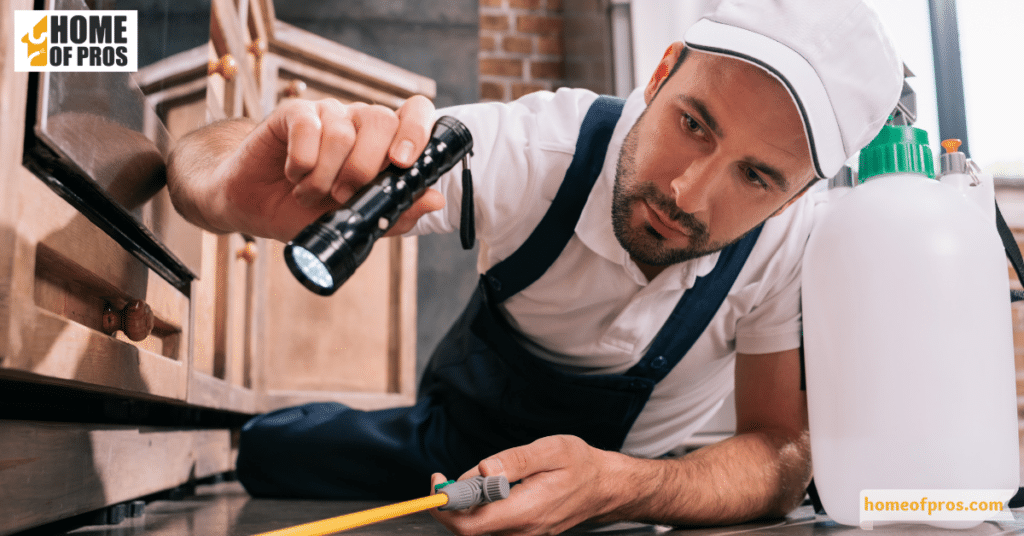
Conclusion
Navigating the multifaceted journey of a pest control visit offers insights far beyond just extermination. From the initial call to understanding the value proposition, it’s a blend of collaboration, education, assurance, and expertise. Your sanctuary deserves this meticulous care. Ready to elevate your understanding and take action? Reach out, and let’s champion the cause for a safer, pest-free environment together.


